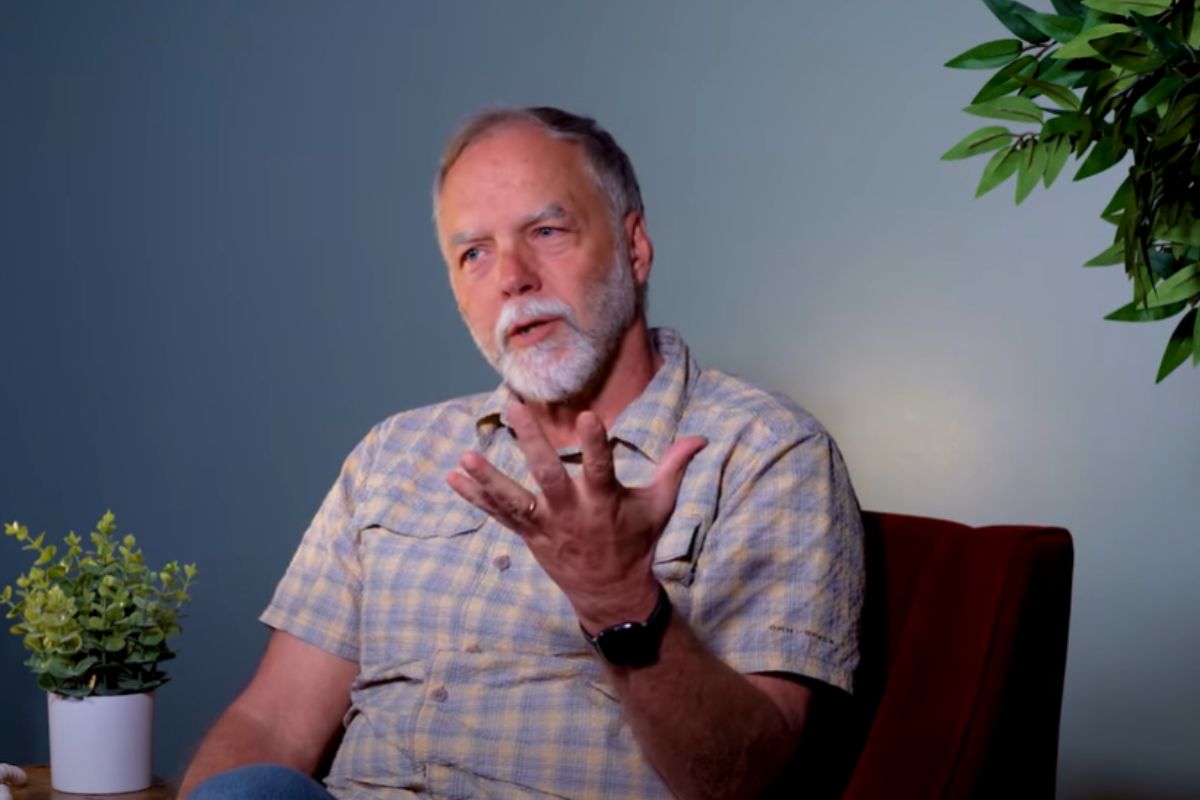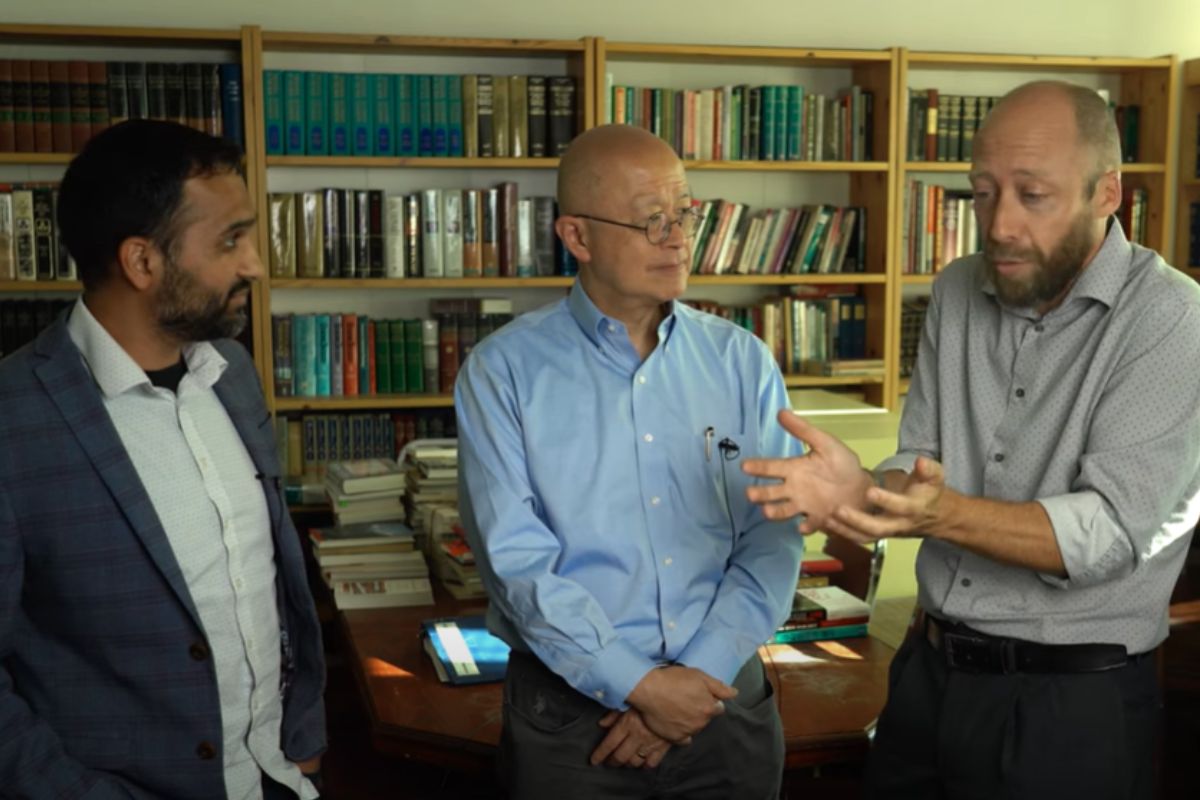What is the Majority World?
What is the majority world? In this series of short videos, the Lausanne Movement defines key missional terms in an easy-to-understand way. Desmond Henry, the Lausanne catalyst for proclamation evangelism, defines the term “majority world” and argues for its usage instead of the term “third world.” The term “majority world” echoes a paradigm shift in Christianity that has happened over the past century.
In the past, missionary sending was largely mono-directional. This means these countries in the majority world received missionaries from the West, but were not sending missionaries to other countries. In the past hundred years, we have seen a shift from monodirectional mission sending to polycentric mission sending showcasing the important contribution of the majority world in global missions.

Defining Majority World
Put simply, the term majority world refers to the countries and territories outside of what has been known as the West, North America, Europe, and sometimes Australia. Understanding the significance of the term “majority world” goes beyond a mere definition of a word, it relates to a paradigm shift within the Christian faith that has been shaped within our own lifetime. The shift is substantive and not merely semantic.
Mono-Directional Missionary Sending
Around a century ago, the religious landscape that existed was vastly different from what we observe today. It was an era of Christian growth and expansion from the colonial powers to the so-called colonies. It was, in my view, mono-directional, largely what was known as the West, traditionally, the majority world had received missionaries at that time rather than sending missionaries. And so in the last hundred years or so, we have seen a shift from monodirectional mission to what could be termed as polycentric mission sending, showcasing the important contribution of the majority world in global missions.
From a Western Religion to a Non-Western Religion
The great missiologist, Andrew Walls, has observed that Christianity began the 20th century as a Western religion, and indeed the Western religion. It ended the century as a non-Western religion. On target to become progressively more so, I would completely agree with his theory there. This is exactly what we’ve seen today. There’s been a paradigm shift where Christianity’s gravity has shifted from the global north to the global south. The shift has been so significant that Christianity is now known to be a majority world religion, no longer a Western religion.
The Majority World is Not the Third World
It is not acceptable though, to refer to these countries as Third World countries any longer. Majority world is not synonymous with this term. The concept of Third World became a label that described the vast amount of underdeveloped, under-resourced minority colonies, that at the time around the Cold War were either not capitalistic, in other words, First World, communistic, Second World, but were Third World undeveloped nations.
This term is not acceptable and it’s almost derogatory to refer to the majority world nations in this kind of way. And so the word or term, majority world, best describes the current reality around the role and the importance of this segment to the future of global Christianity.





